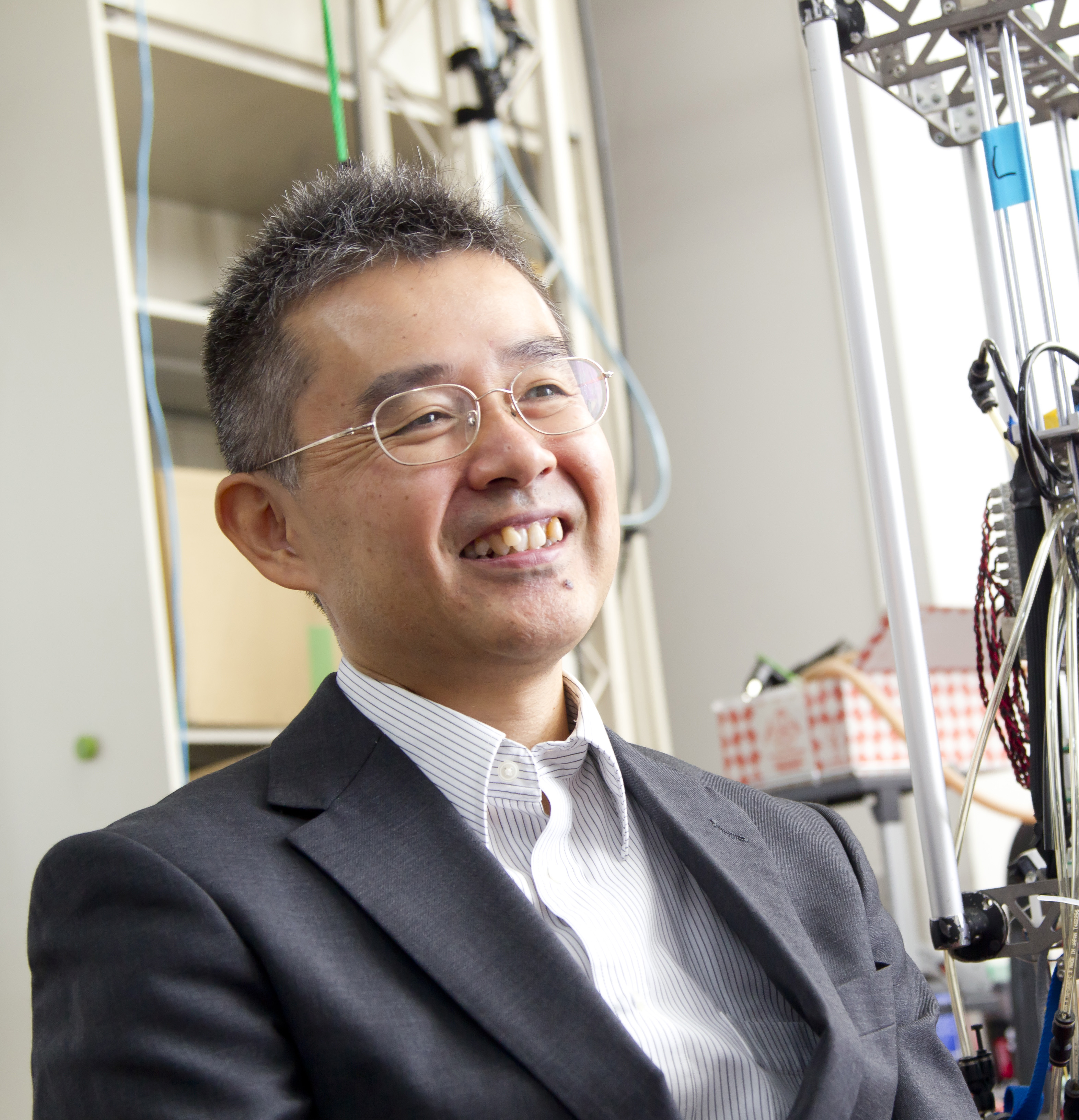
細田 耕 教授
日本
大阪大学
大学院基礎工学研究科
システム創成専攻システム科学領域
Soft Humanoid Robotics
We have been working on hard humanoid robots consisting of rigid links, electric motors or hydraulic actuators. We have succeeded in a lot of tasks by utilizing precise control. However, looking at humans, our body is consisting of soft material and the control is very imprecise. Nevertheless, humans can behave adaptively and can realize amazing task performance. One of the underlying mysteries there is soft morphology of our body. Our body is well-designed though long-time evolution, and its morphology plays a great role to realize adaptive behavior. Especially, the soft muscular-skeletal structure is supposed to be very important. I will talk about our endeavors to understand the role of our soft body by building muscular-skeletal humanoid robots. I will introduce our humanoid robots, and a series of trials to generate hypothesis on our soft body. Such a hypothesis will help us to build far more adaptive humanoid robots in the next generation.
Biography
Koh Hosoda received his Ph.D. degree in Mechanical Engineering from Kyoto University, Japan in 1993. He was an assistant professor of Mechanical Engineering Department from 1993 to 1997, and an associate professor of Graduate School of Engineering from 1997 to 2010, at Osaka University. He was a guest professor in Artificial Intelligence Laboratory, University of Zurich from Apr. 1998 to Mar. 1999. He was a group leader of JST Asada ERATO Project from 2005 to 2010. From 2010 to 2014, he was a professor of Graduate School of Information Science and Technology, Osaka University. Since 2014, he has been a professor of Graduate School of Engineering Science, Osaka University.

